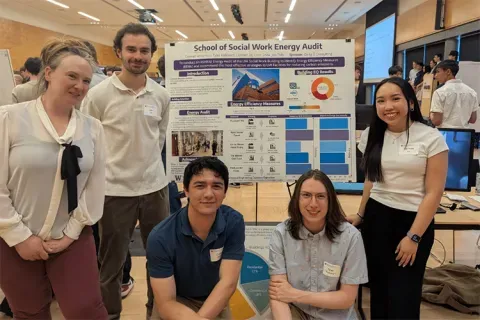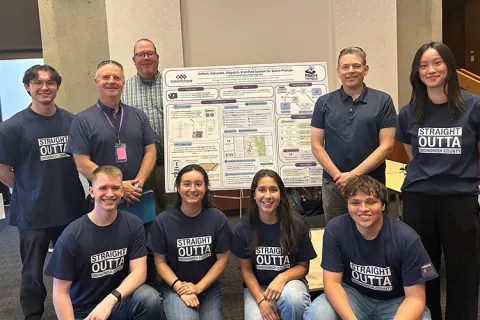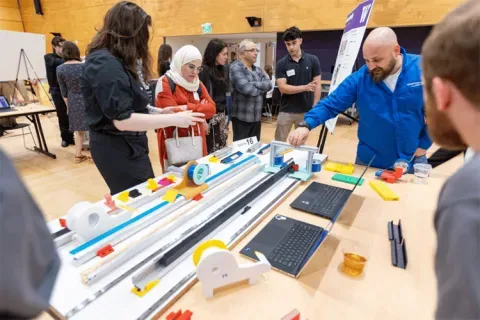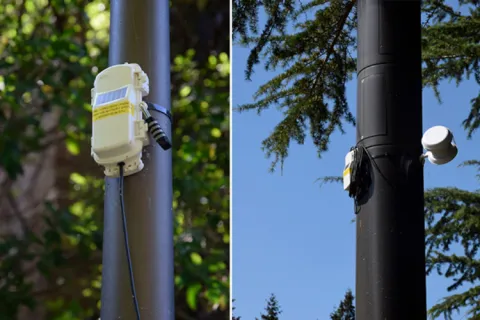UW Applied Physics Laboratory (APL)
Cloud Interactive Visualization for Near Real-Time Ocean Sonar Data
This project invites students to contribute to ocean science research by developing a cutting-edge, cloud-hosted visualization portal for ocean sonar data. Near real-time information is essential for strategic decision-making in marine ecosystem monitoring, enabling effective deployment of ocean observing platforms, including ships and uncrewed surface vehicles, or ocean drones. This project aims to accelerate data exploration and discovery by creating interactive visualization panels for large volumes of echosounder data. Echosounders are the workhorse of studying life in the ocean, transmitting sounds and analyzing the echoes bounced off fish and zooplankton, much like how medical ultrasound images the interior of the human body. Information derived from echosounder data is crucial to our understanding of the marine ecosystem and its response to the rapidly changing climate. The team will simulate a real-time observation scenario using public datasets from NOAA and the Ocean Observatories Initiative (OOI), focusing on data from the U.S. west coast. Students will design, build, test, and benchmark visualization panels for large datasets, and through the process create a portal to be tested in the 2025 summer field season. This project is ideal for students eager to develop technology with environmental impact and build skills in data visualization and cloud computing. * Understanding our ocean with water-column sonar data: https://storymaps.arcgis.com/stories/e245977def474bdba60952f30576908f Primary design considerations for the student team include: - Scalability - when interacting with large datasets, this is key to make visualization useful as a scientific tool -Sustainability - the project will be open-source to allow contributions from the user community (ocean scientists), and therefore should have highly readable code and comprehensive documentation -Flexibility - the setup should be agnostic to different cloud providers -Robustness - the project should include comprehensive tests in an automated continuous integration framework Desired outcomes include: - A cloud-hosted interactive visualization portal that can be used to 1) monitor near real-time echosounder data transmissions from ships or ocean drones, 2) explore archived data already hosted on the cloud -The code will be open-source and hosted in a GitHub repository -The code will have clear inline comments and API documentation, accompanied by comprehensive usage documentation linked from the repository -The codebase will be supported by a robust continuous integration testing framework -Individual visualization components will be elements that can be used independently from the
Faculty Adviser(s)
Wu-Jung Lee, Electrical & Computer Engineering
Related News

Mon, 10/13/2025 | UW Mechanical Engineering
Capstone collaboration leads to award
An ME capstone team received first place for its energy audit of the UW School of Social Work building.

Thu, 07/17/2025
UW engineering students develop smart ballot solution
UW engineering students develop smart technology solution to improve ballot collection for Snohomish County.

Mon, 07/07/2025 | UW Mechanical Engineering
Capstone creations
Students displayed innovative capstone design projects at the 2025 expo.

Fri, 09/20/2024 | UW Civil & Environmental Engineering
Smarter irrigation for a greener UW
A new project combines satellite data with ground sensors to conserve water and create a more sustainable campus environment.